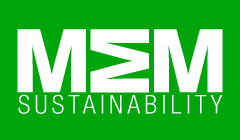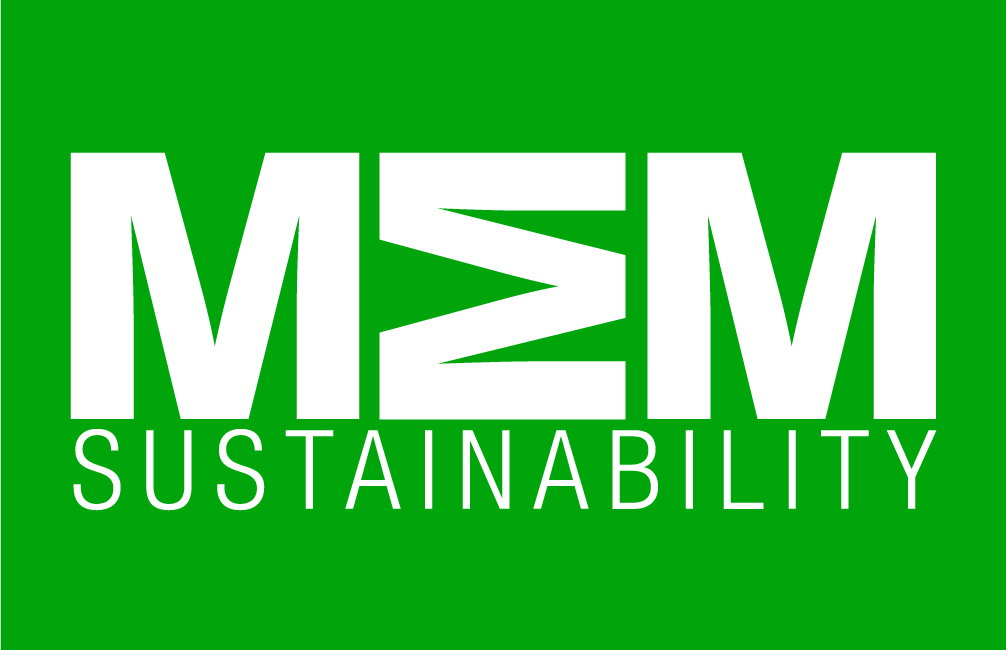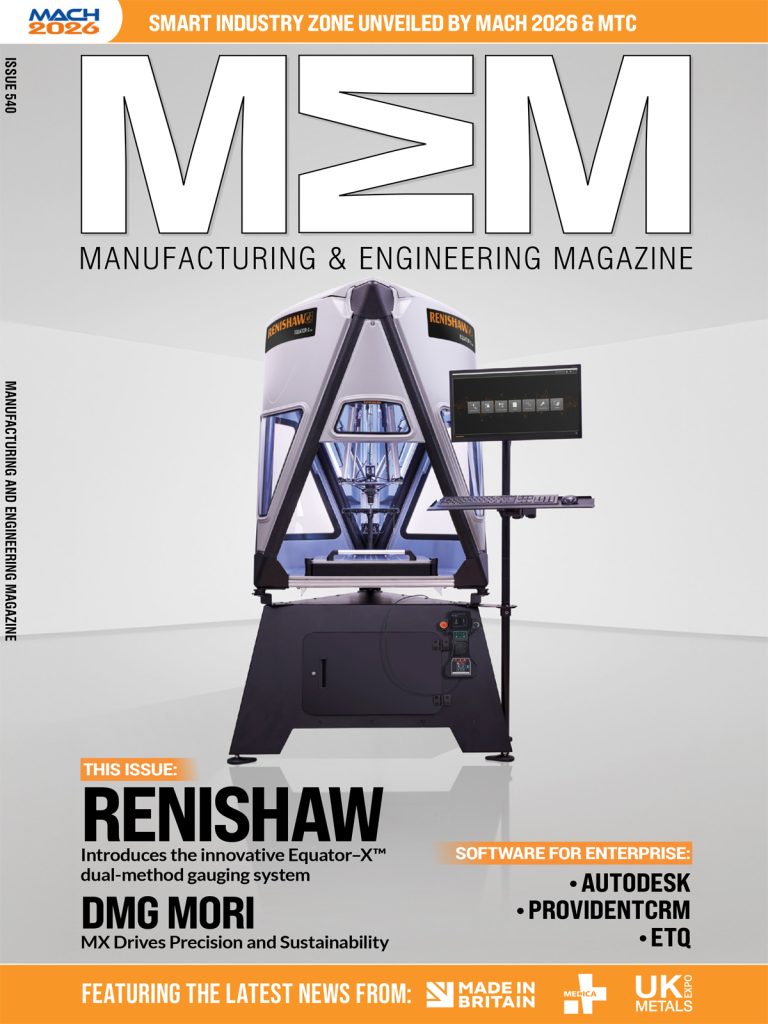How to Dispose of Hazardous Waste (In 5 Easy to Follow Steps)
1) Assess Your Waste Needs
Recycling or treating hazardous waste isn’t something you want to do in a hurry. However, disposing of waste should be manageable, ensuring it doesn’t dominate your business operations or impact productivity. Most large-scale operations tend to outsource waste disposal altogether, keeping the business compliant while reducing the number of steps involved in the process.
Sectors such as manufacturing and aerospace often require specialist staff on-site. These individuals continually observe and manage waste disposal as their sole responsibility. Smaller firms might find it helpful to do a waste audit to classify which items are hazardous and which aren’t. Reputable recycling and waste facilities won’t accept waste without this information, requiring you to label the object by its name, waste classification code and details of the environment in which it was produced. Finding this task laborious and confusing? It might be time to allow a professional waste services team to classify your waste streams on your behalf.
2) Segregate Hazardous and Non-Hazardous Waste
Before any waste is disposed of, it must be stored correctly. Although it isn’t illegal to store hazardous and non-hazardous waste together if they are compatible, it is illegal to mix hazardous and non-hazardous waste, unless you have a permit that allows this.
Safe and separate storage avoids contamination, accidents in the workplace, loss of waste due to harsh weather conditions and prevents explosions. To store waste firms need to acquire specialist waste equipment for different waste streams. Each storage container will need to be waterproof and signposted. Ideally, waste should be accessible yet tucked away so categorising waste is easy yet never impacts or compromises other work activity. In some cases, you may need to redesign your facilities to ensure safer storage space. More commonly, companies will simply require updated equipment that makes storage more streamlined.
3) Arrange Waste Disposal
You must choose a waste carrier that is registered and authorised to remove your waste and take it to a recycling or disposal site. If the carrier is also disposing of the waste, then some research is required on your behalf. You’ll need to check information including whether their waste sites have an environmental permit that allows them to accept your waste, and you should give consideration to the reputation of the company, its processes, and its staff.
Remember, if you employ a waste disposal company to carry out work on your behalf, you are still responsible to ensure that the work is performed correctly. The UK government classifies this responsibility as your “duty of care”. This accountability applies not only to the carrier and consignee (the company your waste is being taken to) but also the producer or holder (the consignor of the waste) — you, as a business.
4) Fill in Consignment Paperwork
As the producer of waste, you are required to sign-off every transported load using an Environment Agency-issued consignment. This attached form isn’t complicated, but it is necessary. When filling out such consignments, you’ll need to refer to two types of code:
Although some items don’t need to be labelled with their EWC, if dangerous for carriage they would need to be labelled with a UN number. The label should have a description of what the waste is. As well as having the correct information and signature, the consignment must stay with the hazardous waste until it reaches its final destination. Otherwise, loads are subject to rejection, and facilities may not approve them.
5) Record Waste Movement
After any waste is disposed of, you’ll need to keep records of its transportation for three years after the date the consignment left the premises. You’ll have to follow these requirements for large-scale chemical and material distribution, as well as for simple loads such as paint disposal. These records will form a site inventory. This inventory includes information about waste storage, transportation and any documents you receive from third parties. For example, store copies of consignments, rejection notes and carrier invoices together. Your site inventory should always remain on-site. Eventually, these records may be required by the Environment Agency if there are any changes to your businesses permit.
Would you like to amalgamate management of your hazardous waste? Investing in total waste management services will save you time, money and ensure your business remains compliant. Contact Axil Integrated Services to arrange a no-obligation waste audit.
Manufacturing & Engineering Magazine | The Home of Manufacturing Industry News















